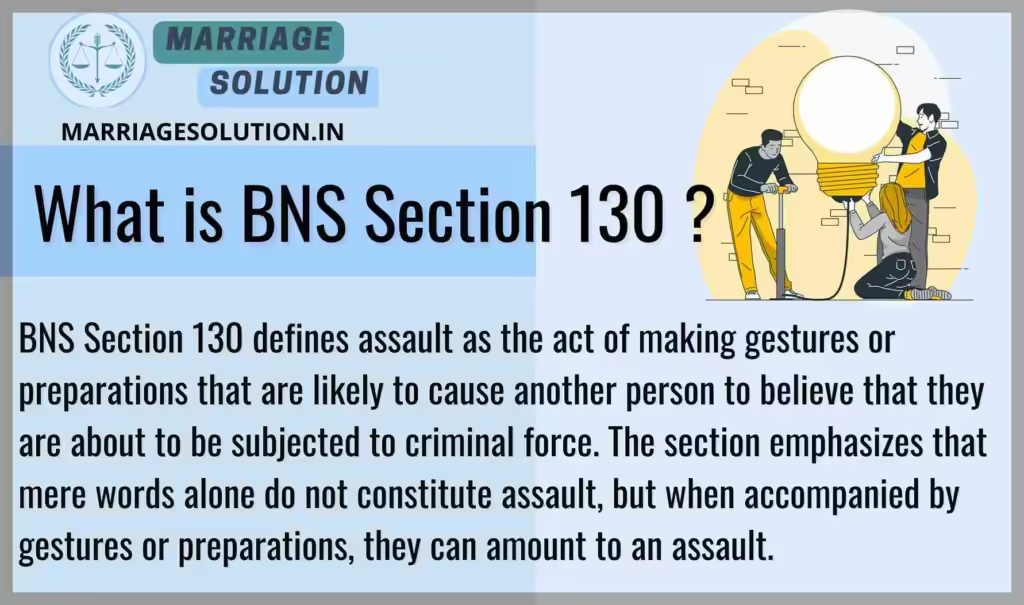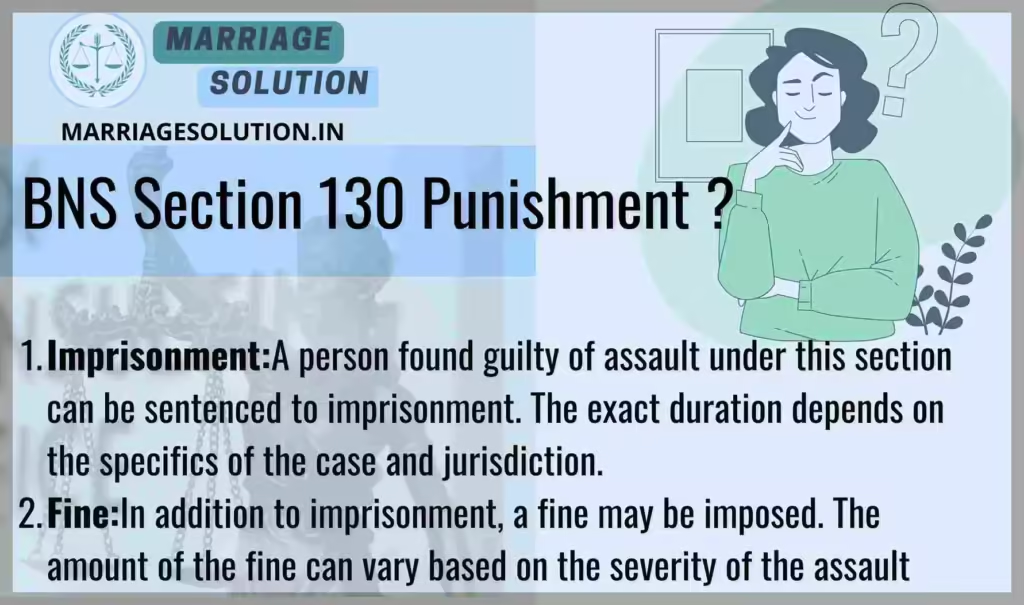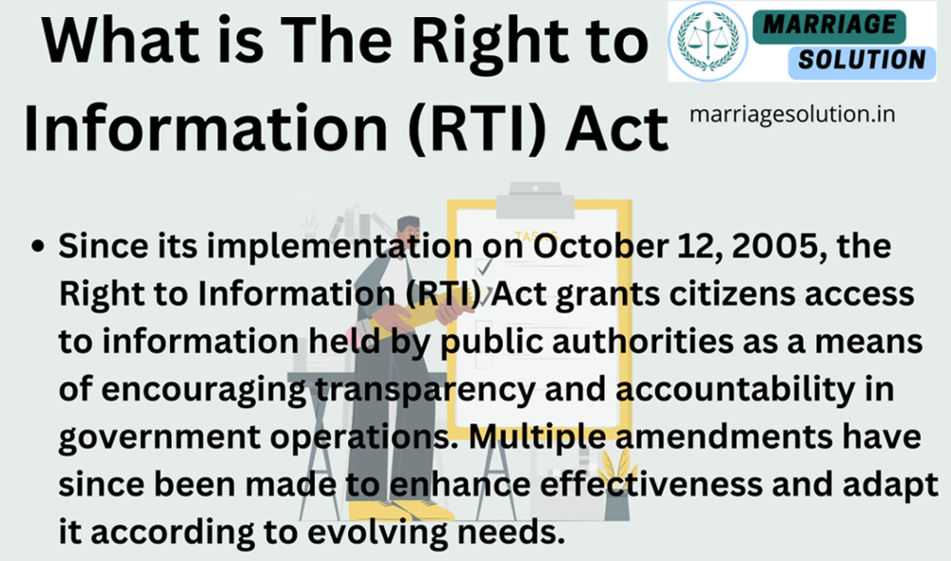Introduction of BNS Section 130
BNS Section 130 defines the offence of assault. Unlike physical hurt, assault is about creating fear of imminent harm through gestures or preparations that suggest criminal force will be used. The law makes it clear that words alone are not enough, but when words are combined with threatening gestures—such as shaking a fist or untying a dog’s muzzle—it amounts to assault. This section ensures people are protected not just from physical harm but also from the fear of being attacked, which can be equally distressing.
The Bharatiya Nyaya Sanhita (BNS) Section 130 replaces the old Indian Penal Code (IPC) Section 351.
- Introduction of BNS Section 130
- What is section 130 of BNS ?
- BNS 130 in Simple Points
- Section 130 BNS Overview
- BNS 130 Punishment
- BNS 130 bailable or not ?
- Bharatiya Nyaya Sanhita Section 130
- BNS Section 130 FAQs
- If you need support with court proceedings or any other legal matters, don’t hesitate to reach out for assistance.
What is section 130 of BNS ?
BNS Section 130 defines assault as the act of making gestures or preparations that are likely to cause another person to believe that they are about to be subjected to criminal force. The section emphasizes that mere words alone do not constitute assault, but when accompanied by gestures or preparations, they can amount to an assault.

Bare Act – BNS Section 130
Whoever makes any gesture, or any preparation, intending or knowing it to be likely that such gesture or preparation will cause any person present to apprehend that he is about to use criminal force to that person, is said to commit an assault.
Explanation: Mere words do not amount to assault. However, words may give meaning to gestures or preparations and together amount to assault.
Section 130 explains assault as the creation of fear of immediate harm. It is not about actual physical injury but about threatening gestures or actions that make a person believe they are about to be attacked.
- Raising a fist, brandishing a stick, or loosening a dog’s muzzle → Assault, even if no contact happens.
- Mere words (“I will hit you”) without gestures → Not assault, but if combined with threatening action, it becomes assault.
Key Elements of Section 130
- Gestures or Preparations → Any threatening action, like lifting a stick, counts.
- Intention or Knowledge → The offender must intend, or know, that the act would cause fear.
- Fear of Criminal Force → The victim must believe force is about to be used.
- Mere Words Not Enough → Words alone are not assault, but words + gestures can be.
- No Physical Contact Required → Even without touching, it is still an offence.
- Bailable & Cognizable → Police can arrest, but bail is generally allowed.
- Trial by Magistrate → Cases are usually handled by any Magistrate.
Examples to Understand Section 130
- Example 1 (Threatening Gesture):
A shakes his fist at B, intending to scare him into thinking he will be struck.
This is assault, even if no punch is thrown. - Example 2 (Dog Attack):
X begins untying the muzzle of his ferocious dog to scare Y.
This is assault, even if the dog doesn’t attack.
Why Section 130 is Important
- Protects people from threats and intimidation.
- Recognizes that fear of violence is itself harmful.
- Differentiates between words and threatening actions.
- Ensures the law punishes intimidation before violence occurs.
Section 130 BNS Overview
BNS Section 130 defines “assault” in legal terms. It covers situations where a person makes gestures or preparations that cause another person to fear that they are about to be subjected to criminal force. It specifies that mere words alone do not constitute assault, but they can contribute to making gestures or actions appear threatening.
Section 130 BNS Overview in Simple Words
- Definition of Assault:
Assault is defined by the act of making someone fear they are about to be harmed, through gestures or preparations. - Intent and Apprehension:
For an action to be considered assault, it must be done with the intention of causing fear or knowing that it is likely to cause fear. - Gestures and Actions:
Actions such as threatening gestures or preparing for an attack can constitute assault if they make someone believe they will be harmed. - Words and Gestures:
Words alone are not enough to constitute an assault, but when combined with threatening gestures, they can contribute to an assault. - Examples Provided:
The section provides examples like shaking a fist or loosening a dog’s muzzle to illustrate what constitutes an assault. - Legal Framework:
This section helps in understanding how gestures or preparations are interpreted legally when they are intended to threaten or intimidate. - No Physical Contact Required:
Assault does not require physical contact; the fear of imminent harm is sufficient for it to be considered assault. - Context Matters:
The context in which the gesture or preparation is made is crucial in determining whether it constitutes assault. - Prevention of Harm:
The section aims to prevent situations where people are made to fear potential harm through intimidating gestures or actions. - Legal Implications:
Understanding this section is important for addressing and prosecuting cases of intimidation and threats that do not involve actual physical harm.
Examples of BNS Section 130
- Example 1: Threatening Gesture
A person shakes their fist at another individual with the intention of making them fear they are about to be struck. Although no physical contact occurs, the gesture is intended to intimidate and create a sense of imminent harm. This situation qualifies as an assault under BNS Section 130 because it causes the other person to apprehend harm. - Example 2: Unleashing a Dog
A person starts to unfasten the muzzle of a ferocious dog, knowing that this action will likely make another person fear that the dog will attack them. Even if the dog does not actually attack, the preparation and the intent to scare the person into believing they might be attacked constitute assault under BNS Section 130.
BNS 130 Punishment
Imprisonment:
A person found guilty of assault under this section can be sentenced to imprisonment. The exact duration depends on the specifics of the case and jurisdiction.
Fine:
In addition to imprisonment, a fine may be imposed. The amount of the fine can vary based on the severity of the assault

BNS 130 bailable or not ?
Bailable: Assault under Section 130 is generally considered bailable. This means that the accused can be released on bail pending trial.
Bharatiya Nyaya Sanhita Section 130
| Points | Details |
|---|---|
| Definition | Assault involves making gestures or preparations that cause a person to fear imminent harm. |
| Punishment | Imprisonment and/or fine. |
| Bailable | Yes, generally bailable. |
| Court | Typically any Magistrate, depending on the case. |
Comparison Table – BNS Section 130 vs IPC Section 351
| Point | BNS Section 130 | IPC Section 351 |
|---|---|---|
| Definition | Defines assault as gestures/preparations causing fear of imminent use of criminal force. | Same definition under IPC 351. |
| Role of Words | Words alone are not assault, but words + gestures can be. | Same rule applies in IPC. |
| Physical Contact | Not required; fear of contact is enough. | Same under IPC. |
| Examples | Shaking a fist, loosening a dog’s muzzle, raising a stick. | Shaking a fist, threatening with a weapon. |
| Legal Status | Cognizable, bailable offence, triable by Magistrate. | Cognizable, bailable, triable by Magistrate. |
| Modern Update | Retained under BNS 2023 with same clarity as IPC. | Originally defined in IPC 351. |
BNS Section 130 FAQs
What constitutes assault under Section 130?
Assault involves making gestures or preparations that cause another person to fear that they are about to be harme
Do mere words count as assault?
No, words alone do not amount to assault. However, when combined with threatening gestures, they can contribute to an assault.
Is physical contact required for an assault charge?
No, physical contact is not required. The fear of imminent harm caused by gestures or preparations is sufficient.
What are some examples of actions that can be considered assault?
Examples include shaking a fist threateningly, loosening a dog’s muzzle with intent to scare, or making threatening gestures with a stick.
Is assault under Section 130 bailable?
Yes, assault under this section is generally bailable. The accused can obtain bail while awaiting trial.
Conclusion
BNS Section 130 makes it clear that assault is not just about actual violence but about creating fear of violence. By punishing threatening gestures and preparations, the law ensures people feel safe from intimidation and the psychological harm caused by fear of attack. This section, which corresponds to IPC Section 351, continues to protect personal security by addressing threats before they escalate into physical harm.
Need Legal Support?
If you’re facing court proceedings, marriage-related issues, or any legal matter, our team at Marriage Solution – Lawyer Help is ready to guide you. Just complete our easy online enquiry form, and we’ll connect you with the right legal assistance tailored to your needs.
Right to Information RTI act :Your Comprehensive Guide (Part 1)
The Right to Information (RTI) Act : Explore the essence of the Right to Information (RTI) Act through this symbolic image. The image features legal documents, emphasizing the importance of transparency and accountability in governance. The scales of justice represent…
What is Article 371 of Indian Constitution ?
Article 371 of the Indian Constitution grants special provisions to specific states and regions within India, addressing their unique historical, social, and cultural circumstances. These provisions aim to accommodate diverse needs and protect cultural identities within the constitutional framework.
Indian Labour law : Your Comprehensive Guide (Part 1)
The purpose of labour laws is to safeguard employees and guarantee equitable treatment at the workplace, encompassing aspects such as remuneration, security, and perks. These regulations establish a secure ambiance by imposing minimum wage requirements, ensuring factory safety measures are…
GST :Your Comprehensive Guide (Part 1 – Understanding the Basics)
The Goods and Services Tax (GST) is like a big change in how we pay taxes in India. It started on July 1, 2017, and it’s here to simplify things. Before GST, we had many different taxes, and it could…





